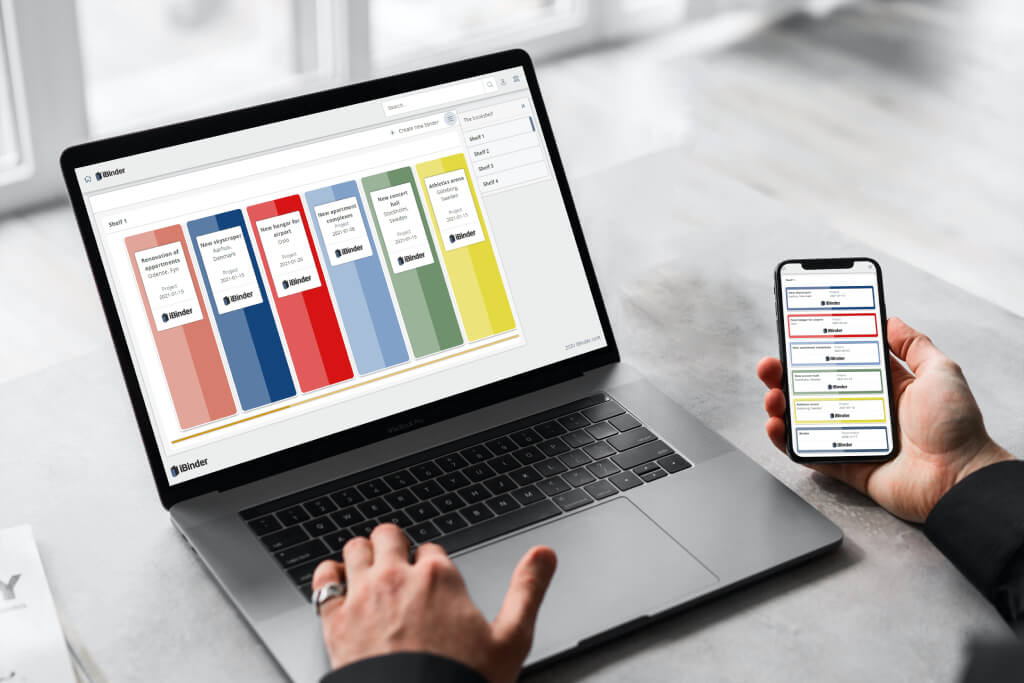The Hidden Cost of Poor Document Management in Construction Projects
In an era where the construction industry is under increasing pressure to deliver faster, safer, and more sustainably, the importance of effective information management cannot be overstated. Despite significant advances in digital tools, many construction professionals still rely on fragmented, outdated systems to manage their documents—a practice that is quietly eroding productivity, inflating costs, and risking compliance.

A 2018 report by PlanGrid and FMI found that construction professionals spend, on average, 5.5 hours each week searching for project data. This seemingly small inefficiency has widespread consequences. Poor document management doesn’t just slow projects down; it introduces errors, delays decisions, and often leads to costly rework. It is a systemic issue—one that demands strategic attention, not just operational tweaks.
Fragmentation and the Illusion of Control
Traditional document management in construction has long revolved around a mix of paper files, email threads, local drives, and disparate cloud solutions. While these methods offer a sense of familiarity, they create an illusion of control. In reality, they are inherently fragile. When project data lives across multiple platforms with no unified access point, version control breaks down, accountability becomes murky, and teams are forced into reactive rather than proactive workflows.
Quantifying the Risk
The Construction Industry Institute has estimated that poor data management and miscommunication account for over 30% of total project cost overruns. In a market where margins are already tight, this inefficiency is not just an operational headache—it’s a strategic liability. McKinsey’s 2017 report on construction productivity highlighted that digital collaboration tools could reduce project costs by 4–6% and boost productivity by up to 15%.
The Strategic Imperative for Change
The construction industry is at a crossroads. While there has been growing adoption of BIM, project management software, and cloud tools, document management remains under-prioritised in many organisations. Yet it is precisely this area that holds the key to unlocking broader efficiencies across the project lifecycle.
The future of construction lies in ecosystems, not isolated tools. Modern platforms are shifting beyond file storage to become integrated environments for collaboration, compliance, and control. With structured permission management, revision history, and cross-functional visibility, such systems transform how projects are delivered.
Leadership in the Age of Complexity
For project managers, property owners, and executives in the built environment, the case for intelligent document management is not just operational—it is strategic. In the age of ESG, digital twin development, and circular construction, data quality and information flow are becoming differentiators. Leaders who prioritise structured, transparent document ecosystems are not merely improving efficiency; they are setting their organisations up for resilience and long-term value creation.
Sources
- PlanGrid + FMI Report (2018): https://www.autodesk.com/construction/blog/construction-report/
- Construction Industry Institute: https://www.construction-institute.org/
- McKinsey Global Institute (2017): https://www.mckinsey.com/industries/engineering-construction-and-building-materials/our-insights/reinventing-construction-through-a-productivity-revolution
iBinder supports this shift by offering:
-
A single source of truth for all project documentation
-
Version control and structured access permissions
-
Real-time collaboration between all stakeholders
-
Secure audit trails to support compliance and accountability
-
A user-friendly interface designed for the construction industry

How iBinder works
iBinder is a cloud-based platform that helps the construction and real estate industry better manage information and documentation about their properties.
